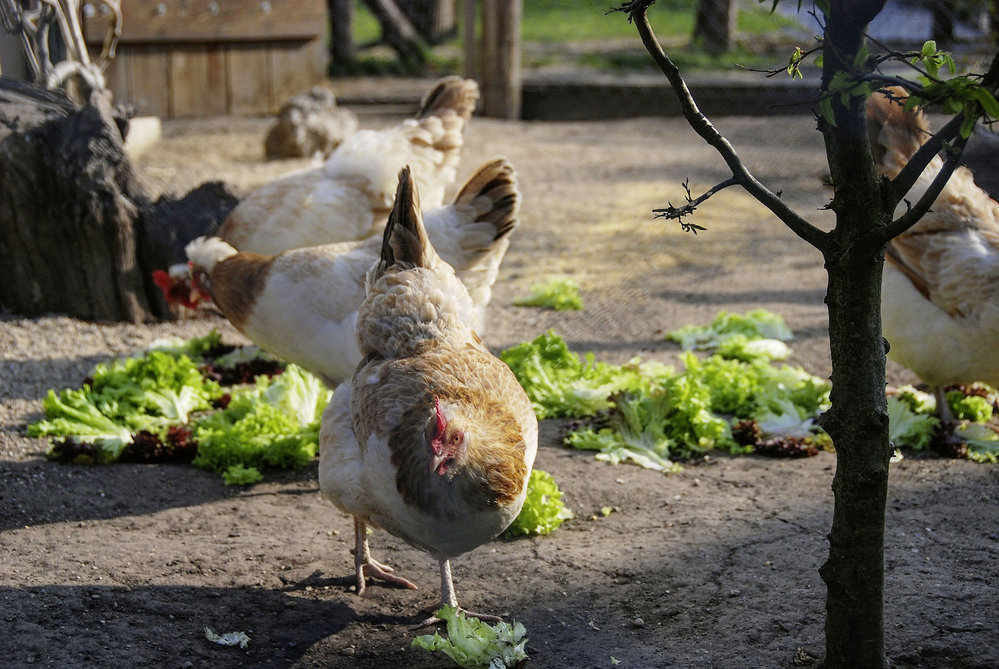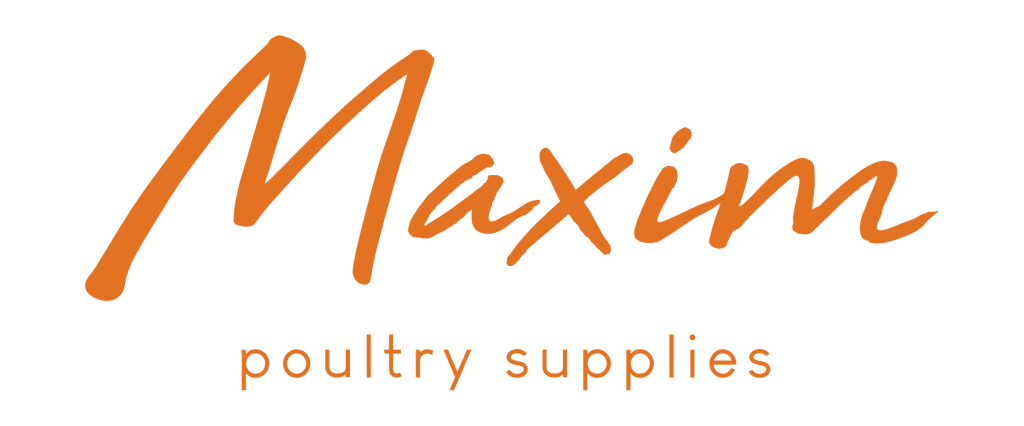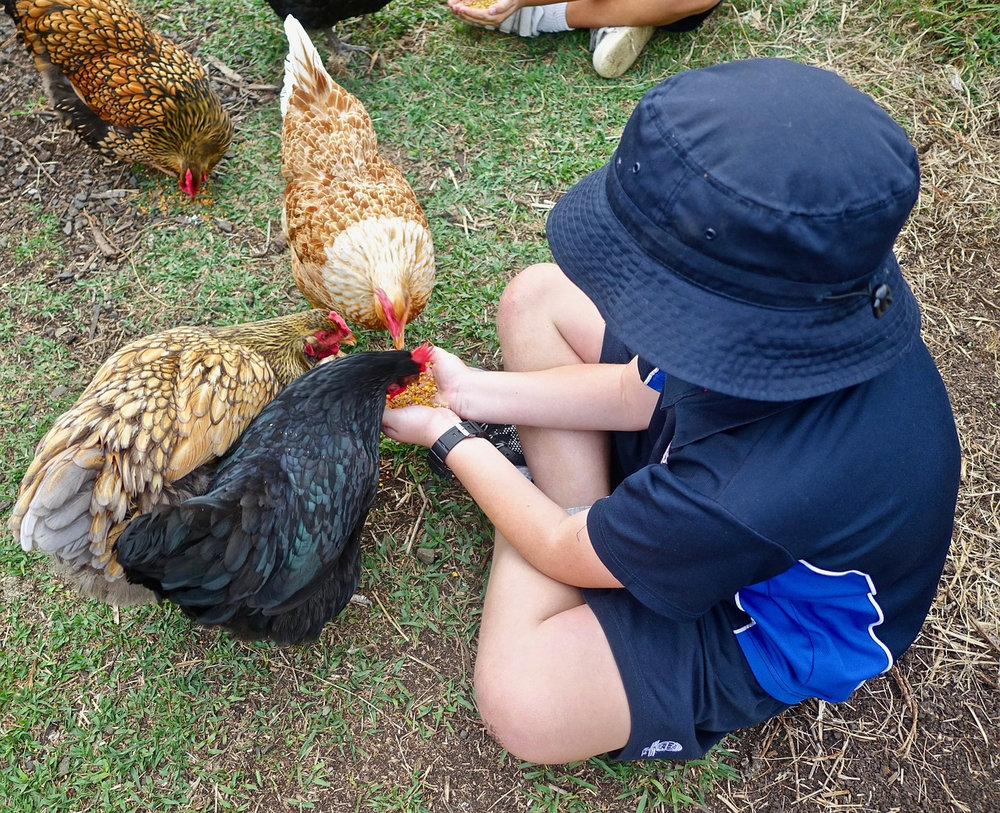Feeding Chickens
How to Feed Your Chickens in the Best Possible Way
Knowing what to feed and when to feed it is a huge part of learning how to care for your chickens. It is easy to get confused and overwhelmed by the huge amount of poultry nutrition information floating around. A visit to the farm store emphasizes the multitude of feed choices available. Let us help you weed through some of it and show you how to feed your chickens in the best way possible.
Choosing Food For Your Chickens
It is widely known that all types of poultry do the best when they can roam around and eat whatever they choose. If you observe them, you’ll quickly conclude that all chicken feed is not created equal. Many factors will help determine which feed you should be choosing for your birds. These include nutritional values, age-appropriateness, function, sex and cost of the feed.
Chick Starter
As with any young animal, proper nutrition from the start is important. Getting the right nutrients to help build strong bones and muscle is critical. A special feed called “chick starter” gives your chicks the right boost from the start. Designed to be fed from hatching to about 8 weeks old, there are many different formulas. Most will have a higher protein content of 20-24% compared to regular feeds which are usually in the 16-18% range. Chick starters are produced in a pulverized or meal/mash-consistency instead of pellets.
One of the main decisions when choosing your chick starter feed is whether or not you want to use the medicated feed. Most chick starters are offered in both a regular formula as well as a medicated form. The medicated type contains amprolium to help combat coccidiosis (a common ailment in poultry). While all birds can contract this deadly disease, it is common in young or weak birds.

Grower Feed
Grower feed is usually the next, or in-between step in your chicks’ food choices. Often called starter/grower feed, this type of feed is designed to nourish your birds from about 8 weeks old. This formula is meant to be fed to your pullets or hens until they start laying. The males can stay on this feed or be changed over to a maintenance formula.
Grower feeds usually have less protein (16-18%) than chick starter. There are also lower amounts of the dense vitamins and minerals that the baby chicks require. Grower feeds are discontinued at about 20 weeks of age or at point-of-lay. Some grower feeds are also used to fatten up meat birds from hatch until processing.

Layer Feed
A layer feed is exactly as it sounds – it is a formulated feed to help your hens with egg-laying. While a layer feed will be lower in protein than the previous feeds, it is much higher in calcium. Calcium is necessary to build strong eggshells. Your hens can become malnourished if there isn’t enough calcium in their diet. (It is still a good idea to offer free-choice calcium such as oyster shell to your laying hens.)
Too much calcium can also cause problems for growing birds so it may be helpful to wait. Most chicken keepers won’t start feeding their pullets layer feed until they lay that first wonderful egg. Layer feed is not recommended for roosters and young males as their kidneys don’t process the excess calcium well.

All-Flock Feed
All-flock feeds are a great choice if you have a mixed flock. The mixed flock can mean roosters running with your hens or even just chickens of various ages running together. It can also refer to mixed types of poultry such as chickens, ducks, turkeys and others that all live and eat together.
Each of these types of birds has different nutritional requirements. It can be difficult to ensure they all get exactly what they need. An all-purpose or mixed-flock feed helps keep them all healthy. If you can’t separate your birds or feed them individually, this is a great compromise.

Other Foods and Treats
It only takes one trip to the store or website to notice that there are far too many options when it comes to buying food and treats for your birds. Here are a few things you may encounter:
Scratch Grains – This cracked corn-based feed is not a complete chicken feed by any means. With only about 8% protein and lacking additional nutrients, it doesn’t give your birds what they need. Scratch is best used as a treat or training tool. (Your birds will love it, but don’t let them con you into feeding them only scratch. It’s the equivalent of candy for a chicken.)
Special Formula – There are many specialized feeds available such as “game bird” or “molting formula” and others. Each is formulated for specific birds or in the case of the molting feeds, a specific period in the bird’s life.
Snacks and Treats – It is fun to treat your birds to special goodies and it can help train them. Just be sure these snacks are healthy and nutritional.
Mealworms are at the top of the list for chicken treats. These high-protein snacks pack a healthy punch and your birds will go nuts for them. They can be fed live or in a freeze-dried form. You can even raise your own!
Flock blocks are usually made up of a high-protein, high-energy feed mix that has been compressed into a block with a binder such as molasses. These blocks come in many types designed for the various ages or types of birds. They are a great way to keep your birds occupied when they are forced to stay inside during the winter or bad weather.
Fresh greens are a welcome addition for birds of all ages. Spinach, kale and other leafy greens are a hit with most chickens. You can provide them for your younger birds as long as you chop them up into very small pieces that the birds won’t choke on.
Various types of fruit are popular in the chicken coop. Watermelon and cantaloupe are fought over when you cut them in half and present them to the birds.
Now that you understand a little more about chicken feeds and the many choices, you should be able to pick the best options at the feed stores. Your happy, healthy chooks will show their appreciation by providing you with tasty, hard-shelled eggs. Enjoy!


